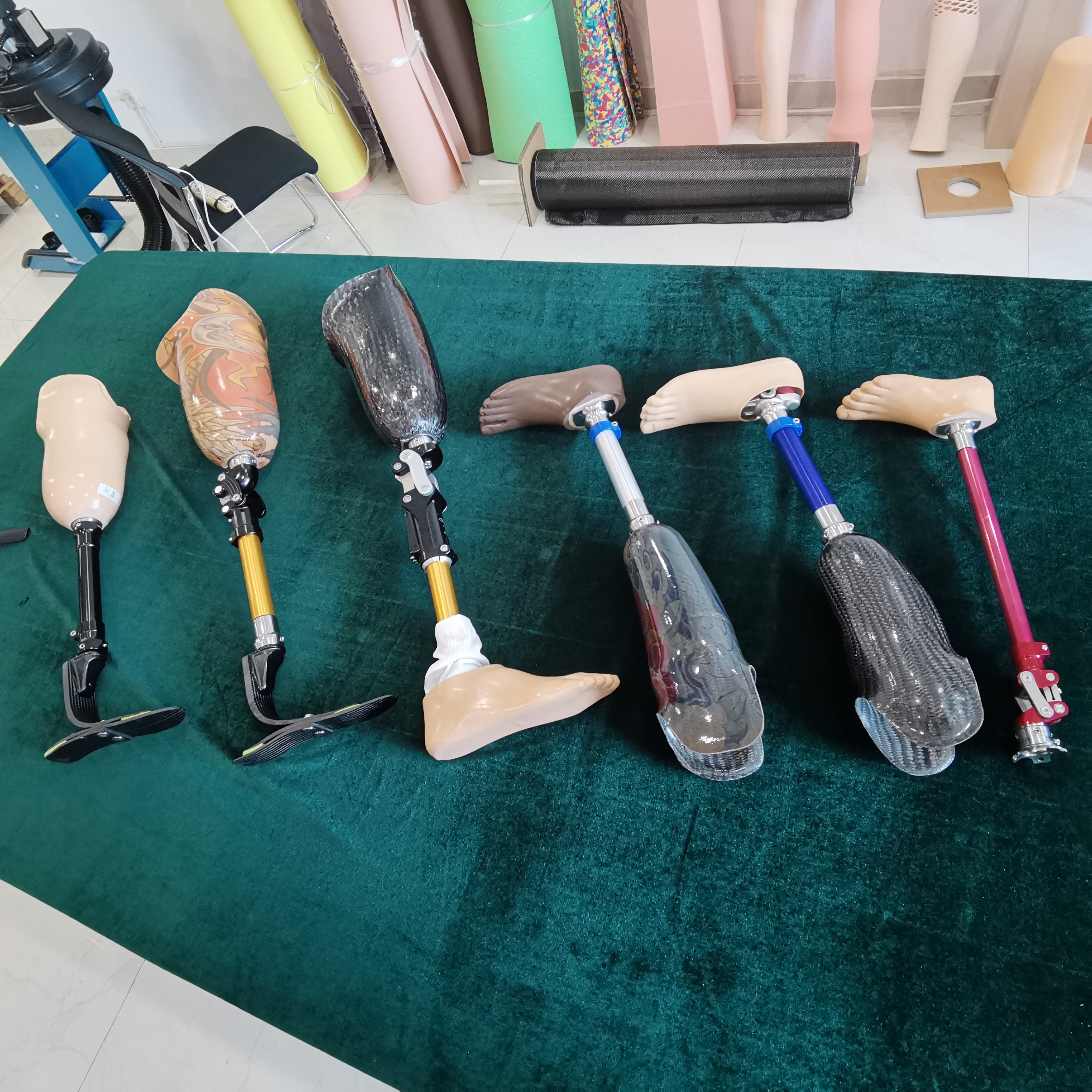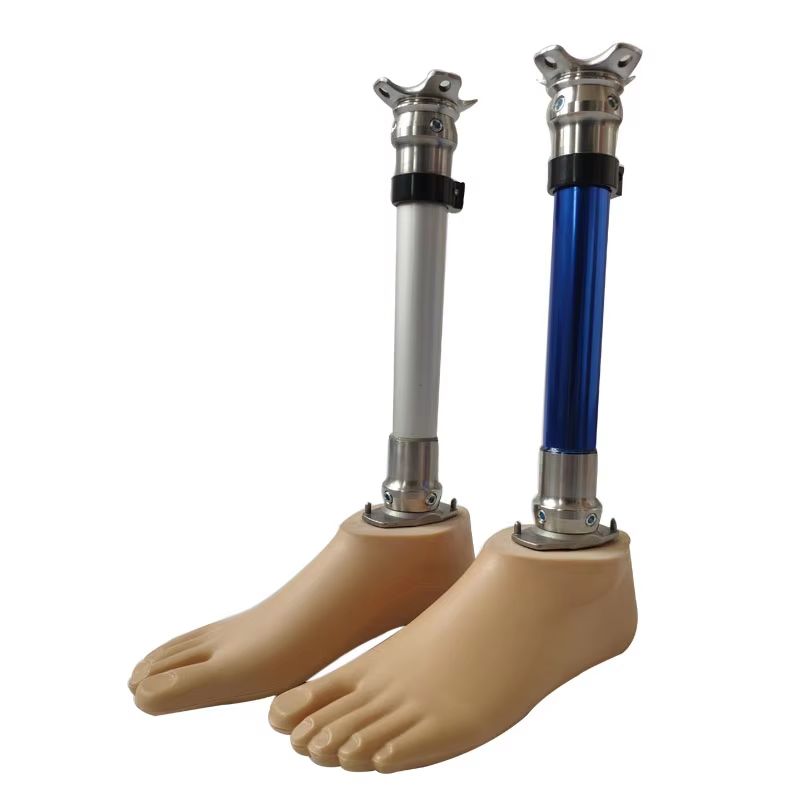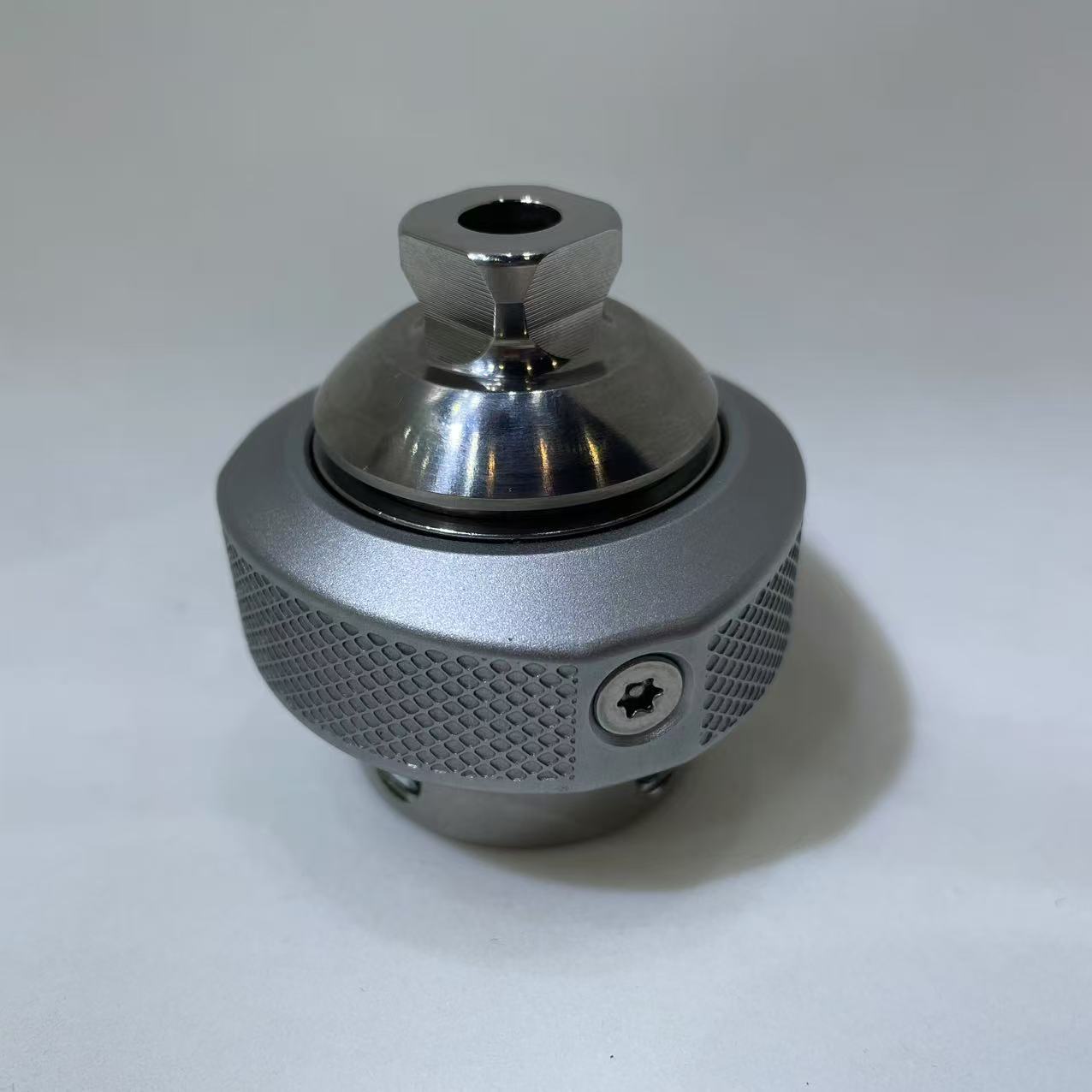How to Choose the Right Prosthetic Leg Joints for Your Lifestyle
Release Time:
Apr 07,2025
How to Choose the Right Prosthetic Leg Joints for Your Lifestyle Choosing the right prosthetic leg joints can significantly influence your quality of life, mobility, and overall comfort. With advancements in prosthetic technology, various options are available to cater to different lifestyles. This article serves as a comprehensive guide to help you navigate the complexities of selecting the ideal
How to Choose the Right Prosthetic Leg Joints for Your Lifestyle
Choosing the right prosthetic leg joints can significantly influence your quality of life, mobility, and overall comfort. With advancements in prosthetic technology, various options are available to cater to different lifestyles. This article serves as a comprehensive guide to help you navigate the complexities of selecting the ideal prosthetic leg joints tailored to your unique needs.
Understanding Prosthetic Leg Joints
Before delving into the specifics of choosing the right prosthetic leg joints, it's crucial to understand what they are and their functions. Prosthetic leg joints are critical components that connect the prosthetic limb to the user’s residual limb. They play a vital role in providing stability, mobility, and the ability to perform daily activities.
The Different Types of Prosthetic Leg Joints
When selecting prosthetic leg joints, it's essential to familiarize yourself with various types available in the market. Here are the primary categories:
1. Mechanical Joints
Mechanical joints are simple, non-powered components that rely on the user’s movement to function. They include:
- **Single-axis joints**: These joints allow movement in one plane, typically providing basic flexion and extension.
- **Polycentric joints**: These joints have multiple pivot points, offering more natural movement patterns, making them ideal for users who require more range of motion.
2. Hydraulic Joints
Hydraulic joints use fluid dynamics to enable smoother movement and more natural gait patterns. They can adjust resistance based on the user's speed and activity level, providing benefits such as:
- Improved shock absorption
- Enhanced stability during walking or running
- Better control on uneven terrains
3. Pneumatic Joints
Pneumatic joints utilize air pressure to allow for adjustable flexion and extension. They are particularly beneficial for users who require versatility in their movements and activities, offering:
- Adaptive responsiveness
- Lightweight design
- Enhanced mobility for various activities
Factors to Consider When Choosing Prosthetic Leg Joints
Selecting the right prosthetic leg joints is a multifaceted decision. Here are several crucial factors to consider:
Activity Level
Assessing your activity level is paramount when choosing a prosthetic joint. Are you an athlete, an active individual, or someone who primarily engages in sedentary activities? Your lifestyle determines the type of joints you should consider. For instance:
- **Active users** may require hydraulic or pneumatic joints for better performance and responsiveness.
- **Casual users** might find mechanical joints sufficient for their daily needs.
Weight and Size
Prosthetic joints come in various weights and sizes. The weight of the joint can affect mobility and comfort. Lighter joints are often more comfortable for everyday use, while heavier joints may provide additional stability but can be cumbersome.
Comfort and Fit
Ensuring a proper fit is crucial for comfort. Discuss with your prosthetist about options that allow for customization based on your residual limb. The better the fit, the less likely you may experience discomfort or skin issues.
Durability and Maintenance
Consider the durability of the prosthetic joint materials. High-quality materials and construction may come at a higher cost but can offer long-term benefits. Additionally, ease of maintenance is essential, particularly for active users who may put joints through wear and tear.
Cost and Insurance Coverage
Prosthetic joints vary significantly in price. It’s essential to evaluate your budget and check with your insurance provider regarding coverage options. Some advanced options may require out-of-pocket expenses, while others may be fully covered.
Choosing the Right Prosthetic Leg Joint for Specific Activities
Different activities may necessitate specific features in prosthetic leg joints. Here’s a breakdown based on common activities:
Running and Sports
Athletes and sports enthusiasts should consider joints that promote agility and responsiveness. Options like high-performance hydraulic joints can facilitate faster movements and enhance overall performance.
Walking and Daily Activities
For daily use, lightweight mechanical joints may suffice. They provide the necessary support while being easy to maintain. However, those who navigate varied terrains may benefit from pneumatic joints for added adaptability.
Recreational Activities
If your lifestyle includes outdoor activities like hiking or biking, consider joints that offer enhanced stability and shock absorption. A hybrid of mechanical and hydraulic joints may suit this purpose well.
Consulting with Professionals
The decision to select prosthetic leg joints should not be made in isolation. Consulting with professionals, including prosthetists, orthopedic specialists, and physical therapists, is crucial. They can provide personalized recommendations based on your specific needs, lifestyle, and medical history.
Evaluating Your Options
After gathering insights from professionals, evaluate your options carefully. Consider scheduling trials with different types of joints to gauge comfort, functionality, and overall satisfaction. This hands-on experience can be invaluable in making the right choice.
FAQs About Choosing Prosthetic Leg Joints
1. What is the average lifespan of prosthetic leg joints?
The lifespan can vary depending on the type of joint and the user’s activity level. Typically, mechanical joints may last around 3-5 years, while hydraulic and pneumatic joints may require replacement or servicing more frequently.
2. Can I switch between different types of joints?
Yes, many users opt to have multiple prosthetic legs with different joints tailored to specific activities. It's essential to work with your prosthetist to ensure proper fittings.
3. Are there weight limits for prosthetic leg joints?
Yes, each joint comes with a manufacturer’s weight limit. Exceeding this can compromise the integrity and functionality of the joint.
4. How often should I have my prosthetic joints checked?
Regular check-ups, at least once a year or as recommended by your prosthetist, are essential for ensuring your joints are functioning correctly and comfortably.
5. What if I experience discomfort with my prosthetic leg joint?
If you encounter discomfort, consult your prosthetist immediately. They can assess the fit and make necessary adjustments to improve comfort.
Conclusion
Selecting the right prosthetic leg joints is a pivotal decision that can greatly impact your mobility and lifestyle. By understanding the different types of joints available and considering essential factors such as activity level, comfort, and professional guidance, you can make an informed choice. Embracing the right prosthetic leg joints empowers you to lead an active, fulfilling life, enhancing both physical and emotional well-being. Your journey toward optimal mobility starts with informed decisions, so take the time to explore your options thoroughly.
Keywords:
You Can Also Learn More About Industry Trends







